Seasonal trends come and go, but there’s one constant in an autumn wardrobe: layers. Not only is layering necessary when temperatures are constantly changing throughout the day, but it’s also an opportunity to enhance any look by playing with colours and textures, mixing and matching prints and fabrics, and creating endless outfit possibilities. However, like everything in fashion, there is a right way to do it. Our seven-step guide will have you layering up like a pro in no time.
Follow The Triple Layer Rule
First things first. No matter how cold it is outside, there is such a thing as too many layers. For the perfectly layered look, all you need are three elements: a base layer, a middle layer and an outer layer. The base layer is preferably a breathable and somewhat thin top, turtleneck or lightweight jersey – something that won’t add awkward bulk to the body. The middle layer is usually a mid-weight cardigan or jumper that will add some element of texture or colour to the more neutral base layer, and the outer layer is the heaviest piece (usually a coat, blazer or jacket), which will provide more warmth and protection against the weather. Keep in mind that it will also round out your final look, so consider colours and fabric combinations to make sure it all blends cohesively. If it starts to get hot, you can ditch the middle layer or wear it around your shoulders for a more polished but relaxed look.
View this post on Instagram
View this post on Instagram
Go Thick And Thin
When choosing your layers, think about balance. Autumn can be unpredictable, and there’s a surprisingly fine line between sweating under a pile of clothes and feeling frozen to the bone, so while the quantity to go for is three layers, quality is also important. You’ll want to balance out thin layers with thicker ones, and vice versa. If you’re wearing tights under a lightweight skirt, for example, choose a higher denier thickness or, if you’re wearing a thin trench coat as the outer layer, maybe opt for thick wool for the middle one. The good thing about layering is that you can easily adjust your outfit depending on how low the mercury drops, but the more thought you put into it, the better.
View this post on Instagram
View this post on Instagram
Layer Over, Layer Under
Think of your layered fall outfit like a recipe: for all the ingredients to stand out but also taste good together, you’ll need a simple base. Think classic sweater dresses, a pair of trousers and a t-shirt, or jeans and a turtleneck. Your bottom layer needs to be functional above all else, so it’s okay if it’s a bit boring – your ‘real’ style will come through in the second and third layers. Also, while we tend to think of layering over pieces, layering under works just as well. If you have a nice sleeveless dress in a pretty print that you don’t want to hide under a pile of fabric, you can wear a thin, long-sleeve knit under it and just wear a coat or blazer on top. Or if you have a blouse with an interesting neckline or statement sleeves, layer with a sweater vest or cardigan that showcases those elements and adds more interest to the final look.
View this post on Instagram
View this post on Instagram
Add Some Colour
Because, honestly, isn’t the gloomy weather of the colder seasons enough without our outfits matching such a dismal palette? A useful formula is to choose two out of three layers in neutral tones, with the final layer sporting a vibrant colour. Or keep your layers in one head-to-toe colour and throw in a bold accessory, like a bag or scarf with a fun print. If you want to add more than one bright colour, choose combinations that won’t clash: navy and orange, blush and burgundy, or teal and green work great together.
View this post on Instagram
View this post on Instagram
Play With Proportions
One of the hardest things when it comes to layering is avoiding a bulky look, with all those layers adding a lot of volume. The key is to experiment with different lengths, fabrics and thicknesses in your various layers. For example, combine knits with denim or wool with faux leather, add a vest as one of the layers, or wear two thin layers with one thicker outer layer. Also, vary the lengths. Pair a long sweater with a cropped vest, or high-waisted bottoms with an ankle-length trench. Find the right balance and proportions, and you’ll achieve a sleeker – and more flattering – look.
View this post on Instagram
View this post on Instagram
Borrow From Spring And Summer
Contrary to what the fast fashion industry would like us to think, a new season doesn’t have to translate into an entirely new wardrobe. So, instead of giving in to unnecessary consumption, don’t put your summer wardrobe away just yet. Pair your lighter dresses with a chunky knit, a blazer and a pair of ankle boots or loafers. Or wear a turtleneck under a slip dress and top it off with a thick coat. With the right under- and over-layering, your spring and summer staples can live on in autumn and winter as well.
View this post on Instagram
View this post on Instagram
Top It Off With The Right Accessories
This is your opportunity to add some depth to your look – but choose wisely. Practical, versatile accessories are the name of the game; accessorise right, and you can avoid having to add more bulk and layers to keep warm. Plus, accessories offer an opportunity to play with colours, patterns and fabrics without overdoing your look. Pick an oversized scarf, a bucket hat or knee-high boots in bold colours or prints to add more drama, or keep it in the same colour family for a more polished look.
View this post on Instagram
View this post on Instagram

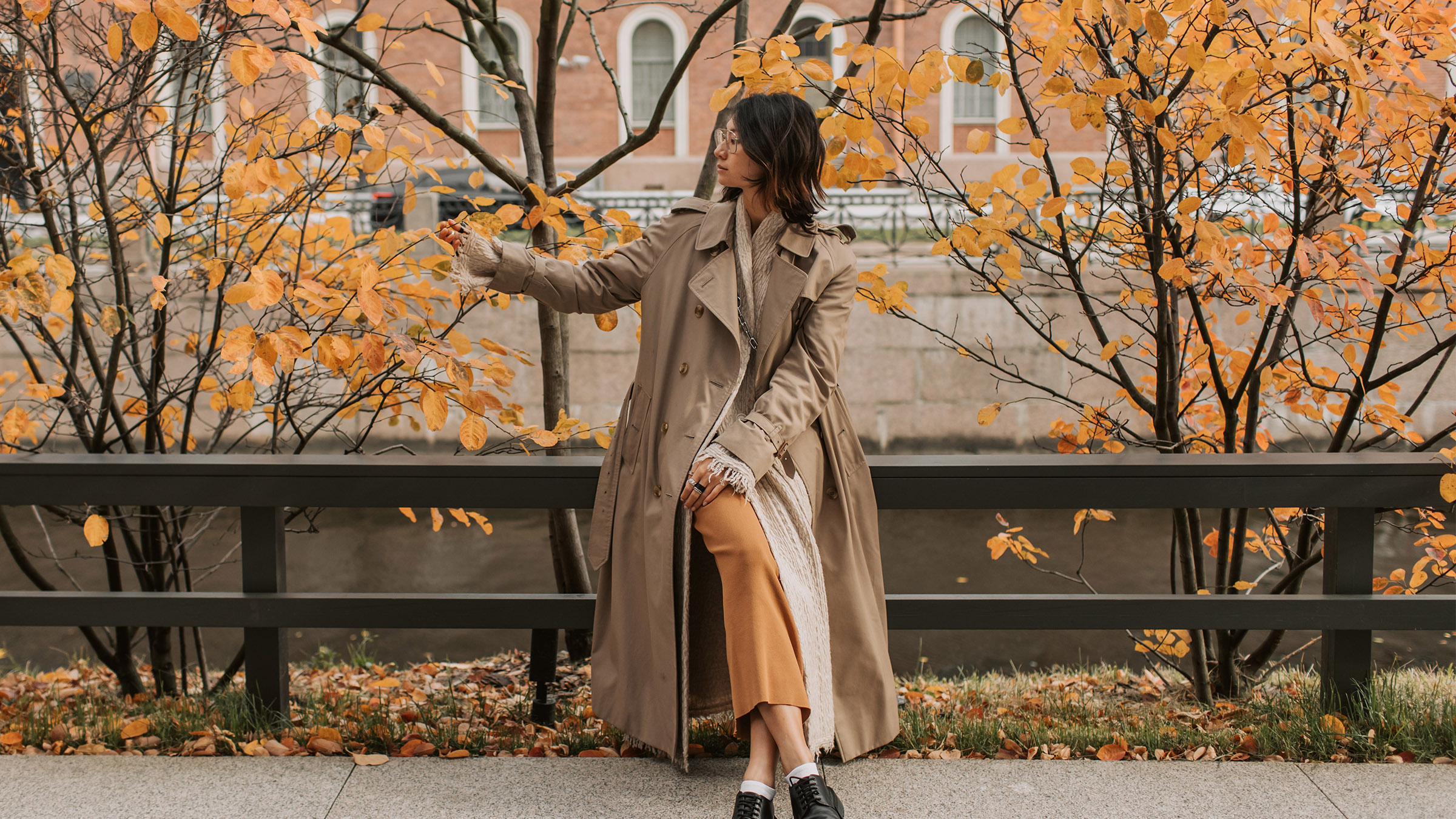





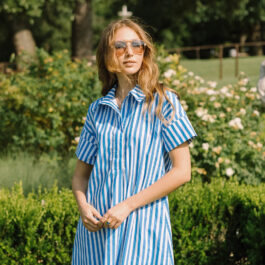



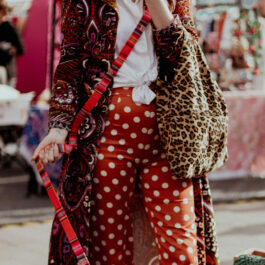

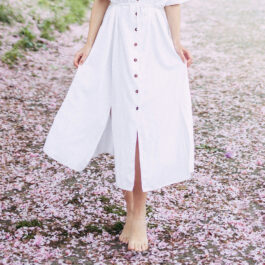
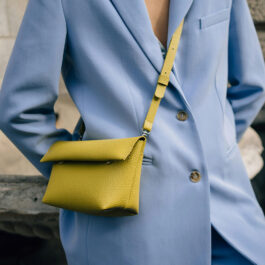
Sorry, the comment form is closed at this time.